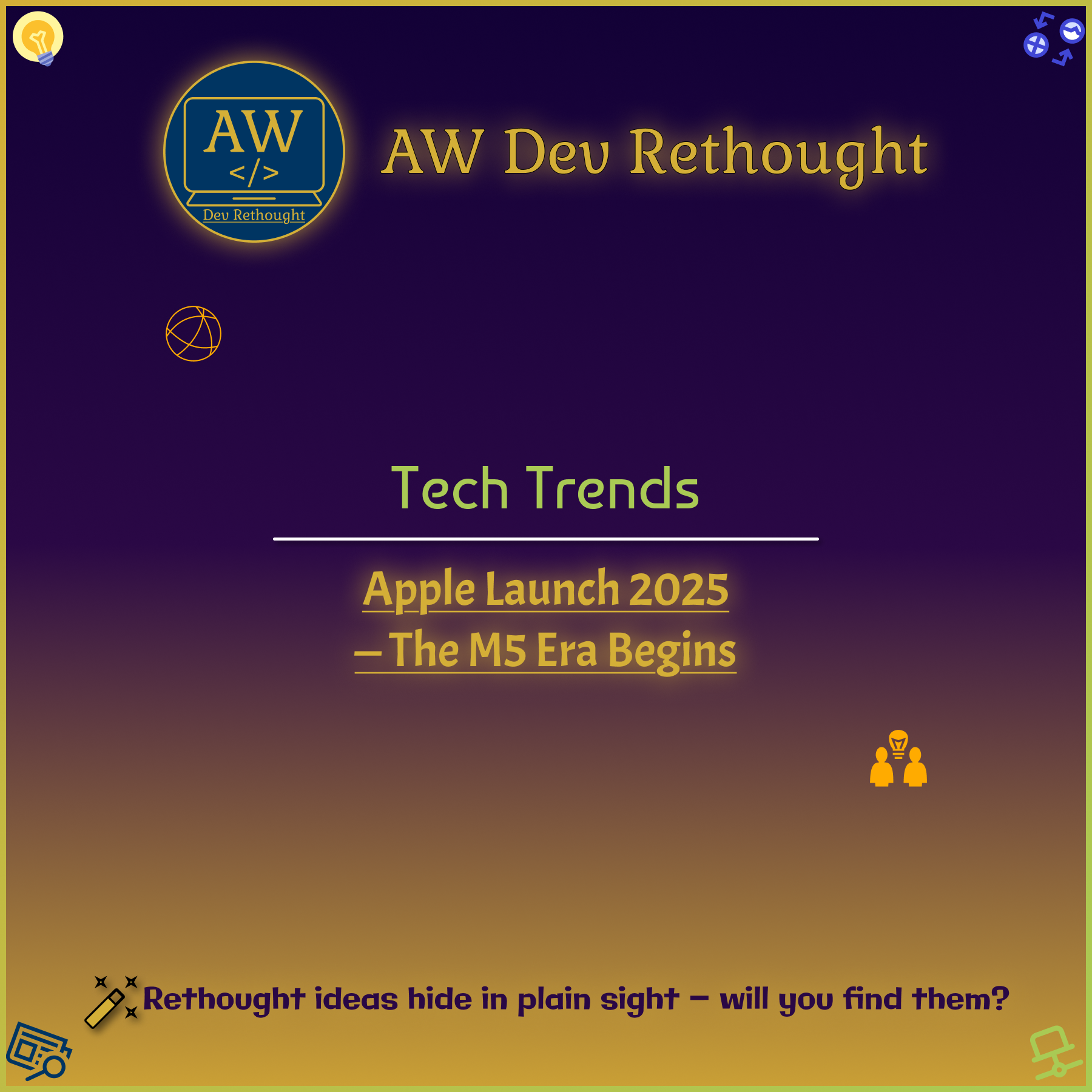Tech Trends: Augmented Reality in the Workplace – Practical Uses
Posted On: October 14, 2025 | 4 min read | 0
Augmented Reality (AR) has long been associated with gaming and entertainment — think Pokémon Go or immersive filters.
But in 2025, AR has quietly moved from play to productivity.
From helping engineers visualize designs in real-time to guiding field technicians through repairs, AR is reshaping how professionals work, learn, and collaborate.
Let’s look at how this technology is driving real impact in modern workplaces.
1. What Exactly Is Augmented Reality?
Augmented Reality overlays digital information — text, visuals, or 3D models — onto the real world through a device like a smartphone, tablet, or headset.
Unlike Virtual Reality (VR), which replaces reality, AR enhances it.
AR bridges the physical and digital — allowing workers to see, analyze, and act simultaneously.
2. AR in Manufacturing and Maintenance
Imagine an engineer wearing AR glasses looking at a turbine.
Instead of flipping through manuals, the headset highlights exact components, displays real-time sensor data, and shows step-by-step repair instructions.
Key Benefits:
- Faster maintenance with fewer errors
- Hands-free access to technical documentation
- Instant expert support via remote AR collaboration
Example:
Airbus and Boeing use AR for aircraft assembly and maintenance, cutting inspection times by nearly 30–40%.
3. AR for Training and Upskilling
Training complex processes can be slow, risky, and expensive.
AR enables safe, immersive simulations — from medical surgery practice to industrial equipment handling.
Advantages:
- Real-time visual guidance instead of static slides
- Increased knowledge retention through visual learning
- Lower training costs and minimal downtime
Example:
DHL used AR headsets for warehouse training and saw a 25% boost in worker efficiency.
4. Design, Architecture, and Construction
AR brings blueprints to life.
Architects can visualize 3D building layouts on-site, clients can “walk through” designs before construction, and engineers can detect spatial conflicts early.
Impact:
- Reduces rework and design misunderstandings
- Improves client collaboration and feedback cycles
- Enables digital twin integration for real-time monitoring
Example:
AEC firms integrate AR with BIM (Building Information Modeling) tools for precise site visualization.
5. Healthcare and Medical Applications
In hospitals, AR assists surgeons by projecting patient scans directly onto their view.
Nurses use AR for vein visualization, while students practice anatomy using 3D overlays.
Key Outcomes:
- Increased surgical precision
- Reduced training risk
- Improved patient understanding during consultation
Example:
AccuVein’s AR device projects vein maps on skin, improving IV placement accuracy by 45%.
6. Remote Collaboration and Field Work
AR has redefined remote assistance.
Instead of describing a problem over a call, field workers can stream their view to experts, who annotate live visuals.
Use Cases:
- Telecom tower inspections
- Oil and gas maintenance
- Industrial troubleshooting
This merges human expertise with real-time visualization — a new level of collaboration.
7. Challenges and Considerations
Despite the promise, AR adoption faces hurdles:
- Hardware costs (smart glasses remain expensive)
- Privacy and data security concerns
- Integration with legacy systems
- User comfort and ergonomics
However, as hardware becomes lighter and 5G connectivity improves, these limitations are rapidly shrinking.
8. What’s Next: The Future of AR at Work
The next phase of AR is contextual intelligence — systems that understand your environment and provide the right data automatically.
Combined with AI and IoT, AR will enable predictive maintenance, intelligent workflows, and even real-time decision assistance.
In short, AR is moving from “nice to have” to “must have” — quietly becoming the next UI layer
Conclusion
Augmented Reality is no longer a futuristic concept — it’s a productivity multiplier.
From training to field operations, AR helps humans see more, know more, and do more — with precision and confidence.
The organizations adopting AR today aren’t chasing hype — they’re preparing for a reality where digital context guides every action.





No comments yet. Be the first to comment!